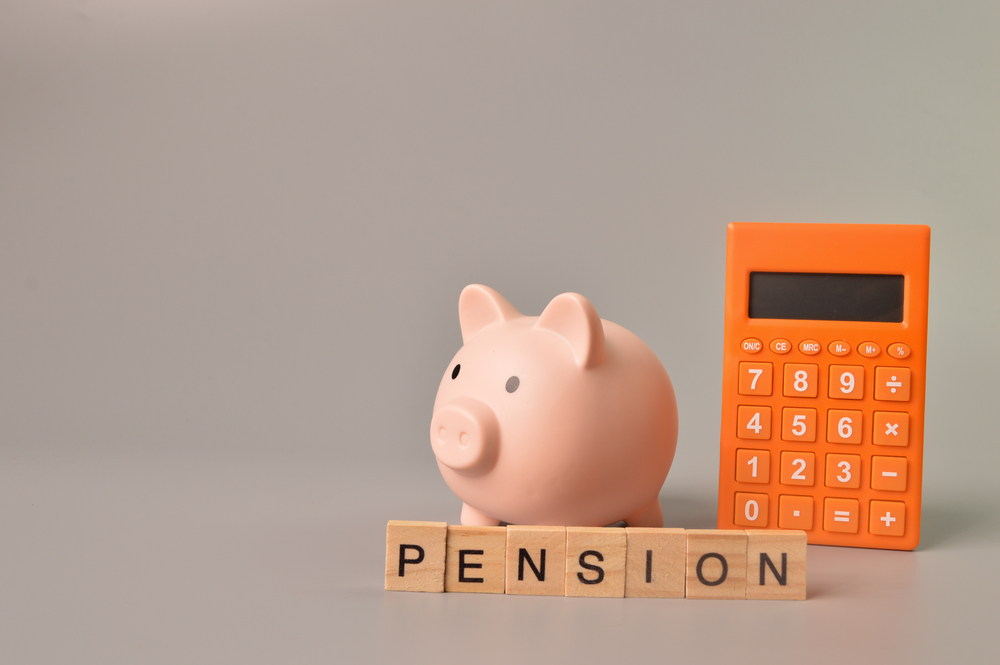News
Big pension auto-enrolment changes on the horizon

Younger workers and those with lower earnings could come under the scope of pension auto-enrolment as the Government consults on expanding the flagship scheme.
It’s over a decade since the dawn of pension auto-enrolment – the Government initiative whereby an employee who meets certain requirements is eligible to join their workplace pension scheme.
More than 10 million employees have now been auto-enrolled, meaning they’re paying money into a pension to help provide a retirement income.
But auto-enrolment has been “subject to rigorous scrutiny” and in the latest consultation, the Department for Work and Pensions (DWP) is looking at lowering the minimum age from 22 to 18 at which someone qualifies for auto-enrolment, and abolishing the lower earnings limit for contributions.
Currently, to be eligible for auto-enrolment, workers aged between 22 and state pension age need to earn at least £10,000 per year from a single job (the earnings trigger).
But there’s another limit which employers need to be mindful of – the lower earnings limit for contributions. Someone earning £6,240 or under is entitled to join a pension scheme but the employer does not have to contribute.
An employee earning between £6,240 and £10,000 (the pensionable income) is also entitled to opt-in to the auto-enrolment scheme and the employer must contribute (3% from the employer and 5% from the employee).
The consultation comes after the DWP confirmed in March that it would back a Private Members Bill which would grant the two extensions to auto-enrolment. Further, six years ago an independent report backed the idea of expanding automatic enrolment.
If auto-enrolment is extended, the measures combined are forecast to increase total pension contributions by £2bn per year in 2022/23 terms, or by £45bn over 30 years.
‘Good news for savers but significant risks too’
Tom Selby, head of retirement policy at AJ Bell, said: “The proposal to ditch the lower earnings limit, currently set at £6,240, so the first pound of earnings counts for both a matched contribution and tax relief, should help more people build bigger retirement pots over their careers.
“Similarly, lowering the age at which someone first qualifies for auto-enrolment from 22 to 18 will be a significant step in helping millions of young people benefit from the magic of compound growth.
“Both of these reforms should be good news for savers but also come with significant risks. Most obviously, ratcheting up contributions during a cost-of-living crisis could be the straw that breaks the camel’s back for some savers, who might decide they simply cannot afford to put money to one side for retirement.
“Businesses could also push back against the idea of committing more cash to their employees’ pensions given the pressures they are facing at the moment. It is therefore unlikely we will get any change to auto-enrolment until the current inflation crisis has abated.”
‘Job half done’
Selby added that despite these measures, an 8% contribution rate “simply won’t deliver anything close to the standard of living people are hoping for in retirement”.
“One option could be to scale up contributions as people’s salaries increase – a policy often referred to as ‘save more tomorrow’.
“There is also the challenge of those who are not currently covered by auto-enrolment, such as people with earnings below the £10,000 ‘earnings trigger’ and the self-employed. Addressing low savings rates among the self-employed is a particularly tricky problem due to the lack of an employer to provide matched contributions.
“In short: while auto-enrolment has been successful in dramatically increasing the number of people saving something for retirement, it is still only a job half done. Whether the reforms are ultimately viewed as a success will depend largely on what happens next.”